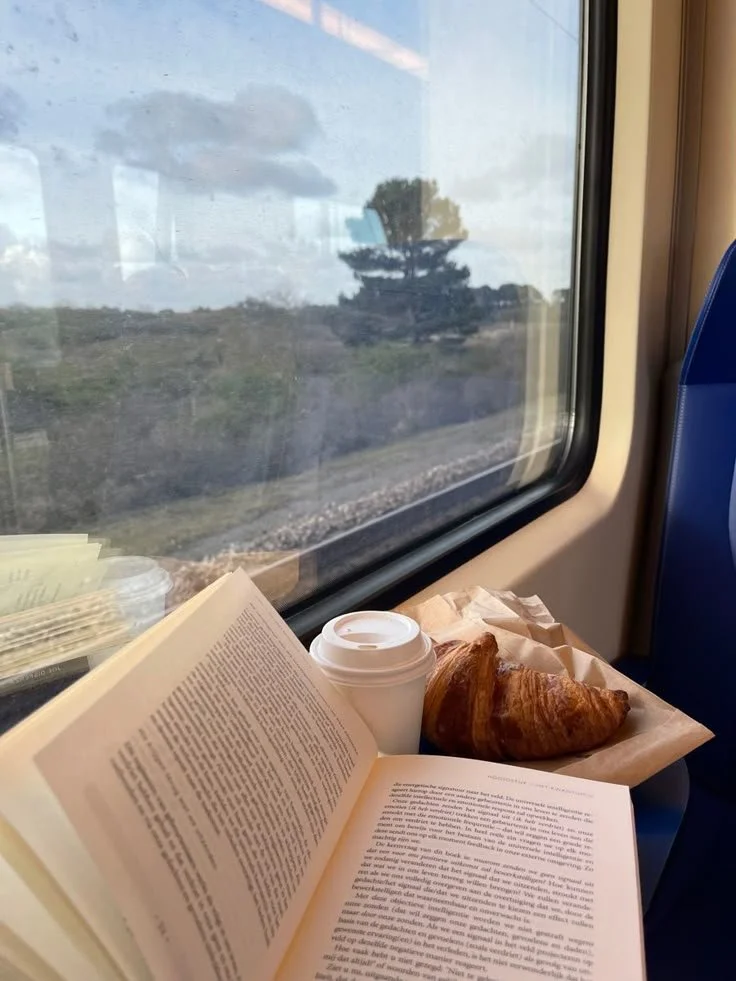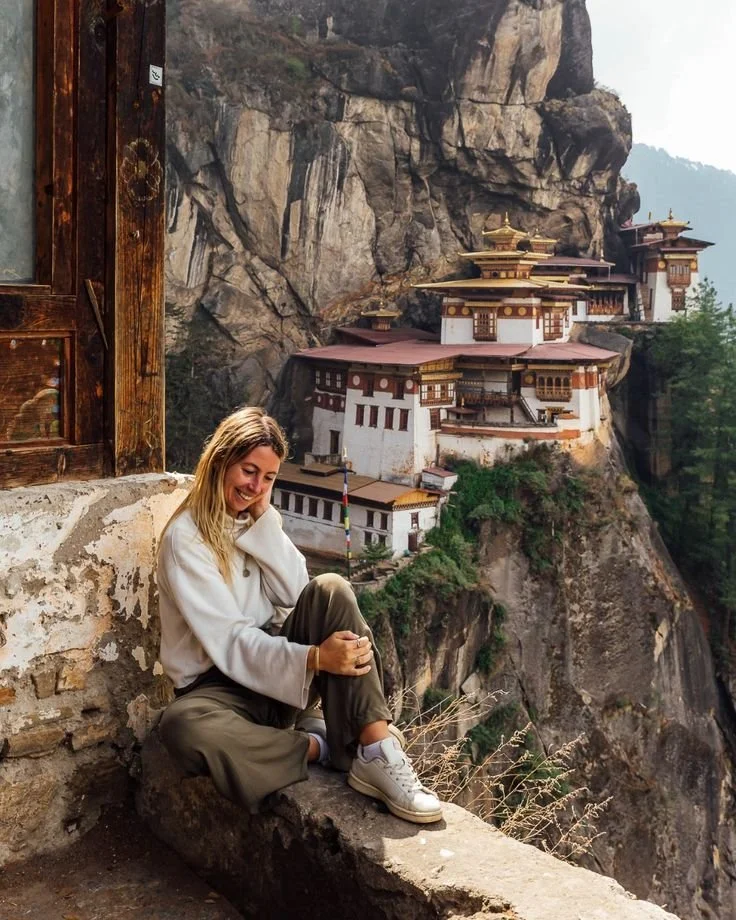Slow Travel: The Mindful Movement Redefining Exploration
In our fast-paced world, travel often feels like a race. Instead, slow travel invites us to pause, savor, and truly connect. Nowadays, travelers are shifting toward unhurried journeys that focus on presence, not checklists. So, here’s how slow travel is reshaping exploration and why it feels like a luxury for the mind and spirit.
What Slow Travel Is All About
Firstly, slow travel is rooted in the broader “slow movement,” which seeks intentional living over speed and efficiency.
Also, it encourages staying put in one destination longer, learning local culture, and traveling via bikes, buses, or on foot .
Ultimately, it’s about quality experiences—not quantity.
Why It Feels Like a Mindful Revolution
Moreover, slow travel helps slow down the mind.
Because it removes the need to hurry, stress reduces,
and focus increases .
Additionally, engaging in local routines and rituals fosters a deeper connection—with place and soul.
Your Passport to Authentic Encounters
Furthermore, living like a local transforms travel into immersive storytelling.
For instance, you might learn traditional cooking techniques or join community gatherings .
Meanwhile, this contributes to local economies and sustainability .
Health, Wealth, and Mind Gains
Also, slower travel isn’t just a feeling—it has measurable benefits.
According to data, people report lower stress, deeper memories, and mental clarity after slow-paced trips .
Plus, it supports environmental sustainability and community resilience .
Making Slow Travel Work for You
1. Stay Longer, Explore Deeper
Firstly, opt for week-long stays rather than whirlwind visits .
Then, stroll the same streets twice—to notice the small changes.
2. Move With Intention
Secondly, walk, cycle, or take regional trains to connect with the landscape .
So, travel becomes part of the experience, not just a means to an end.
3. Embed in Daily Life
Next, shop at local markets, eat at family-run cafés, and learn customs firsthand .
Thus, each day feels like part of the local rhythm.
4. Unplug and Be Present
Meanwhile, skip constant photo ops and screens.
In turn, you’ll absorb sights, smells, and sounds—truly unfiltered and alive .
5. Leave Room for Serendipity
Furthermore, ditch tight schedules.
As a result, unplanned conversations, hidden alleys, and impromptu rituals become travel’s real treasures .
Real-Life Slowcation in Action
Consider a Nordic “slowcation”—a Nordic-style retreat that embraces natural rhythm.
After three days, travelers stop checking work emails and begin noticing subtleties: morning light, local bakery aromas, bird sounds .
Consequently, they report sharper memory and greater relaxation.
Why Brands and Cities Are Embracing It
Additionally, tourism boards and hotels are adapting to this trend.
For example, accommodations now offer longer-stay rates and local immersion programs .
Meanwhile, destinations promote offbeat routes to reduce overcrowding and boost sustainability .
Slow Travel Reduces Life's Speed
Moreover, psychology shows new experiences slow our sense of time .
Similarly, slow travel—rooted in novelty and presence—can make life feel richer and more expansive.
How to Begin Your Journey
Here’s your step-by-step guide:
Step Action
Destination Choose one spot to stay for at least a week
Transport Favor slow modes—regen train, bike, or walk
Accommodation Select local stays—homestays, eco-lodges
Daily Rhythm Shop at local markets, join events
Unplug Set no-tech hours to reconnect with the place
Reflection Journal thoughts, or take mindful walks
Adapt Adjust pace mid-trip for more presence
Final Thoughts
Slow travel isn’t a trend—it’s a mindful recalibration.
By choosing fewer destinations and more presence, you gift yourself deeper insight and richer memories.
So, if life feels blurry or rushed, try pressing pause on travel.
Because the journey isn’t just about where you go—but how deeply you live the moments.

